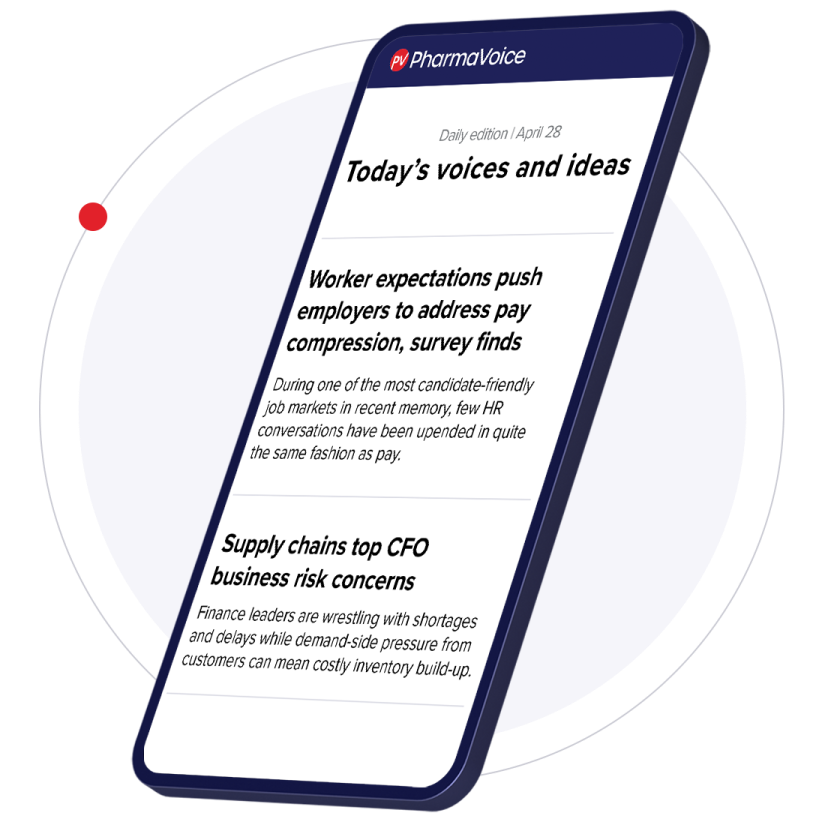More and more pharma companies are looking to get under patients’ skin.
From weight loss to cancer drugs, subcutaneous injections are popular with patients for their convenience, potentially freeing them from cumbersome intravenous infusions. Subcutaneous versions of existing drugs also benefit pharma companies by maintaining drug exclusivity.
For example, the patent on Merck’s blockbuster Keytruda expires in 2028, but the investigational subcutaneous version of the drug, if approved, could retain patent protection, insulating the company from anticipated revenue loss. Recent oncology approvals include subcutaneous versions of Opdivo from Bristol Myers Squibb and Tecentriq Hybreza from Roche’s Genentech.
The option is also appealing outside of cancer.
Johnson & Johnson introduced its long-time IL-23 inhibitor plaque psoriasis and psoriatic arthritis drug Tremfya to the ulcerative colitis space in September. The approved regimen includes an IV induction phase and subcutaneous maintenance treatment, but J&J is now seeking approval for a fully subcutaneous induction option, which could make Tremfya the first drug in this class to offer an IV-free treatment pathway for UC patients.
Other IL-23 UC options, which include Eli Lilly’s Omvoh, the first in the drug category to hit the market in 2023, and AbbVie’s Skyrizi, approved for UC and Crohn’s disease in June, only offer subcutaneous maintenance treatments, giving J&J a potential leg up in the space.
Responding to patient preference
Chronic illnesses like UC are prime targets for subcutaneous options because they minimize the daily disruptions associated with keeping these diseases in check.
“[For] a younger patient, busy at work, needing to manage the hectic demands of family [and] professional life, intravenous drug infusion could really interrupt the flow of a day,” said Dr. Esi Lamousé-Smith, vice president and gastroenterology disease area lead in immunology at J&J Innovative Medicine. “A subcutaneous option makes meeting the demands of life while also managing disease a little bit easier.”
J&J hopes data from its phase 3 study will convince the FDA to approve the new UC induction therapy. The drug met its primary endpoint, achieving patient remission and all secondary endpoints.
Overcoming challenges
Another reason subcutaneous options are on the rise is improved drug delivery technology and scientific advances in drug formulation, such as ensuring the proper drug concentration and stability. Some molecules still are more difficult to convert than others, Lamousé-Smith said.
“There’s only so much in terms of volume that can be administered in a subcutaneous option,” she said. “So, each of those becomes potential challenges that need to be addressed and overcome from a scientific and pharmacologic perspective.”
Manufacturing can also be a hurdle. Attempts to formulate a subcutaneous version of Rybrevant for non-small cell lung cancer ran into trouble recently due to problems at one of J&J’s manufacturing facilities.
“A subcutaneous option makes meeting the demands of life while also managing disease a little bit easier.”

Dr. Esi Lamousé-Smith
Vice president, gastroenterology disease area lead in immunology, J&J Innovative Medicine
Developing a subcutaneous option requires proactive planning to determine the best way to deliver the drug — using a syringe or specialized device — or to train patients in self-administration.
“When people are developing subcutaneous treatments, they're thinking about all of these questions, addressing these questions, and then coming up with different ways to solve the problem,” Lamousé-Smith said.
However, if companies can overcome the challenges, the end result can pay off.
“That has been one of our goals to provide both versatility and optionality for both physicians and patients,” she said.









